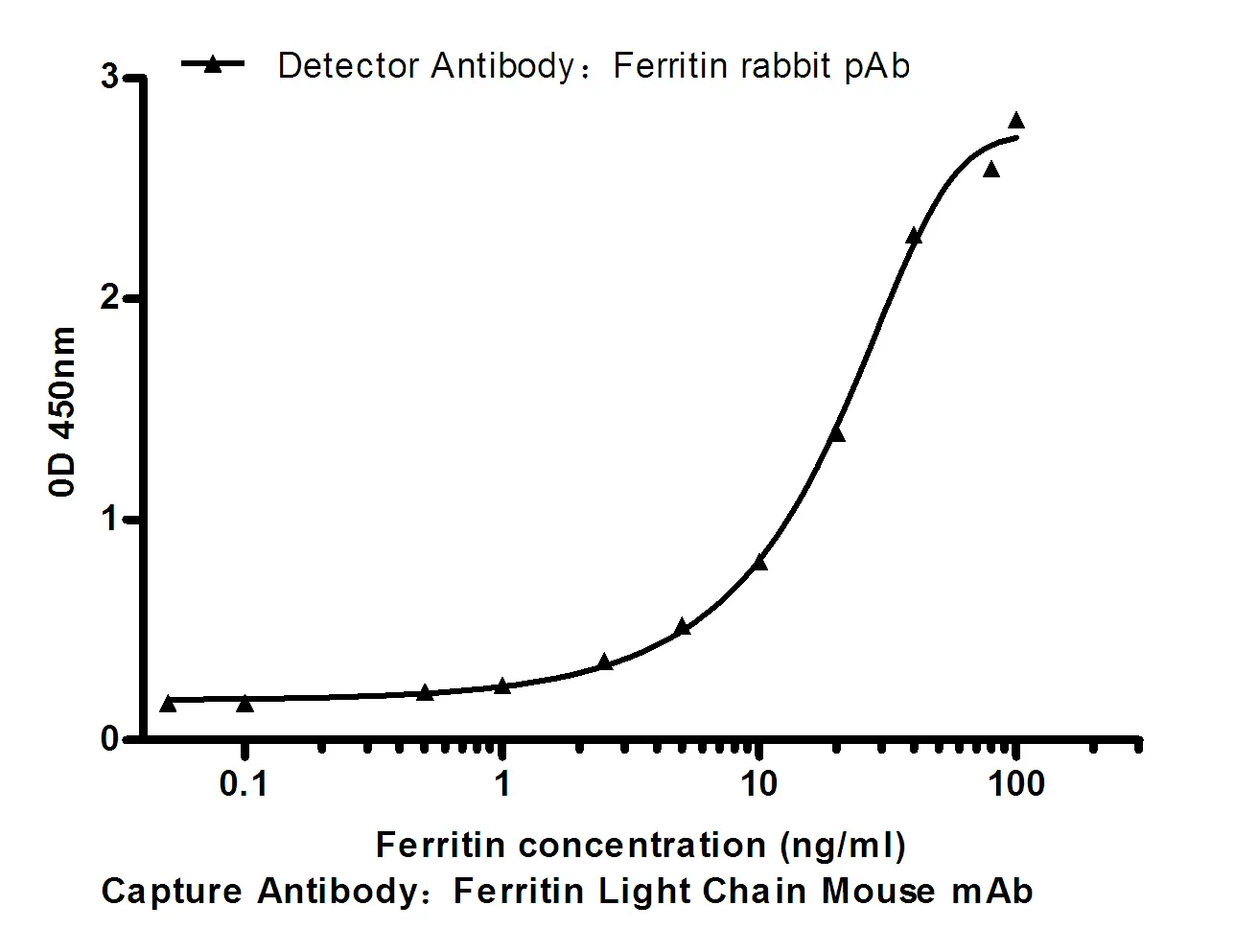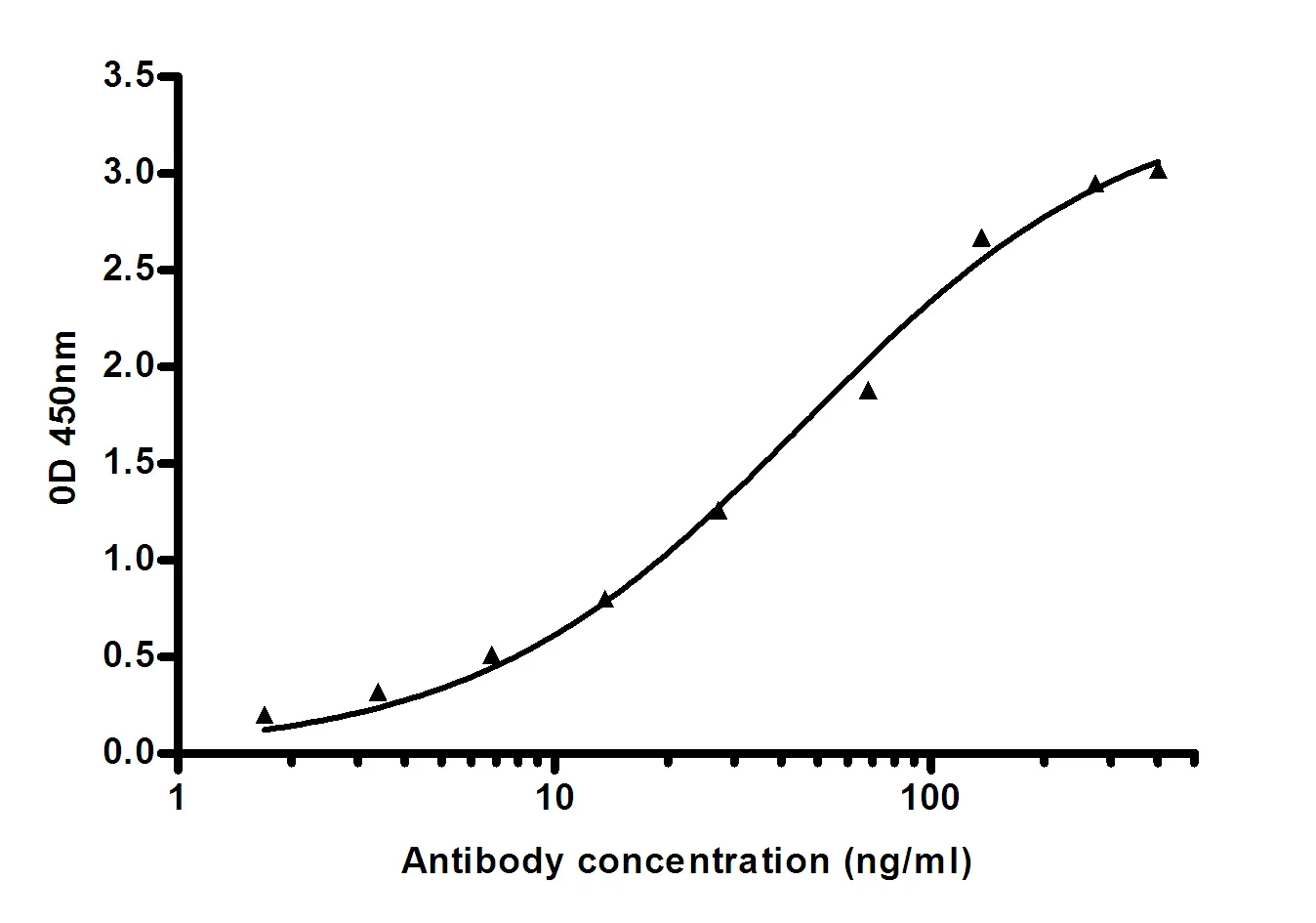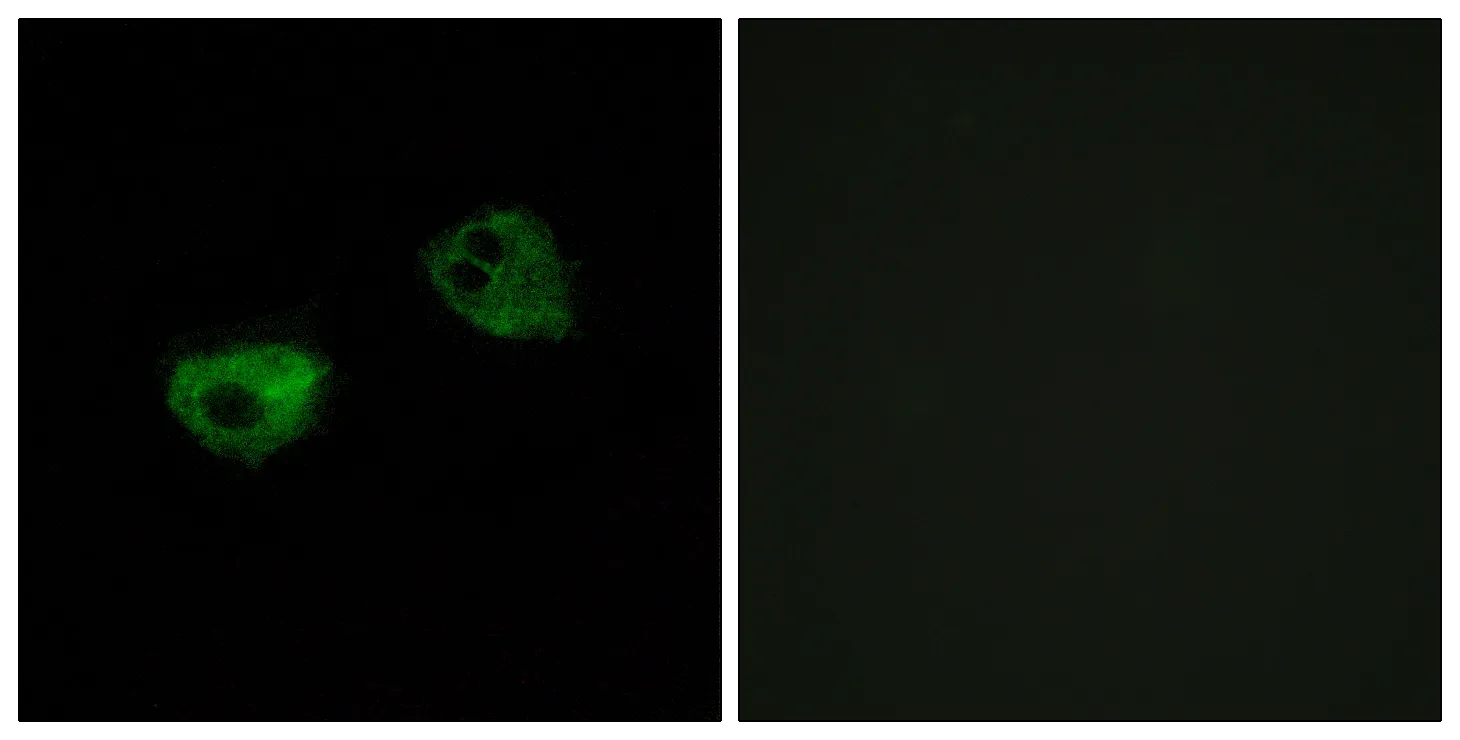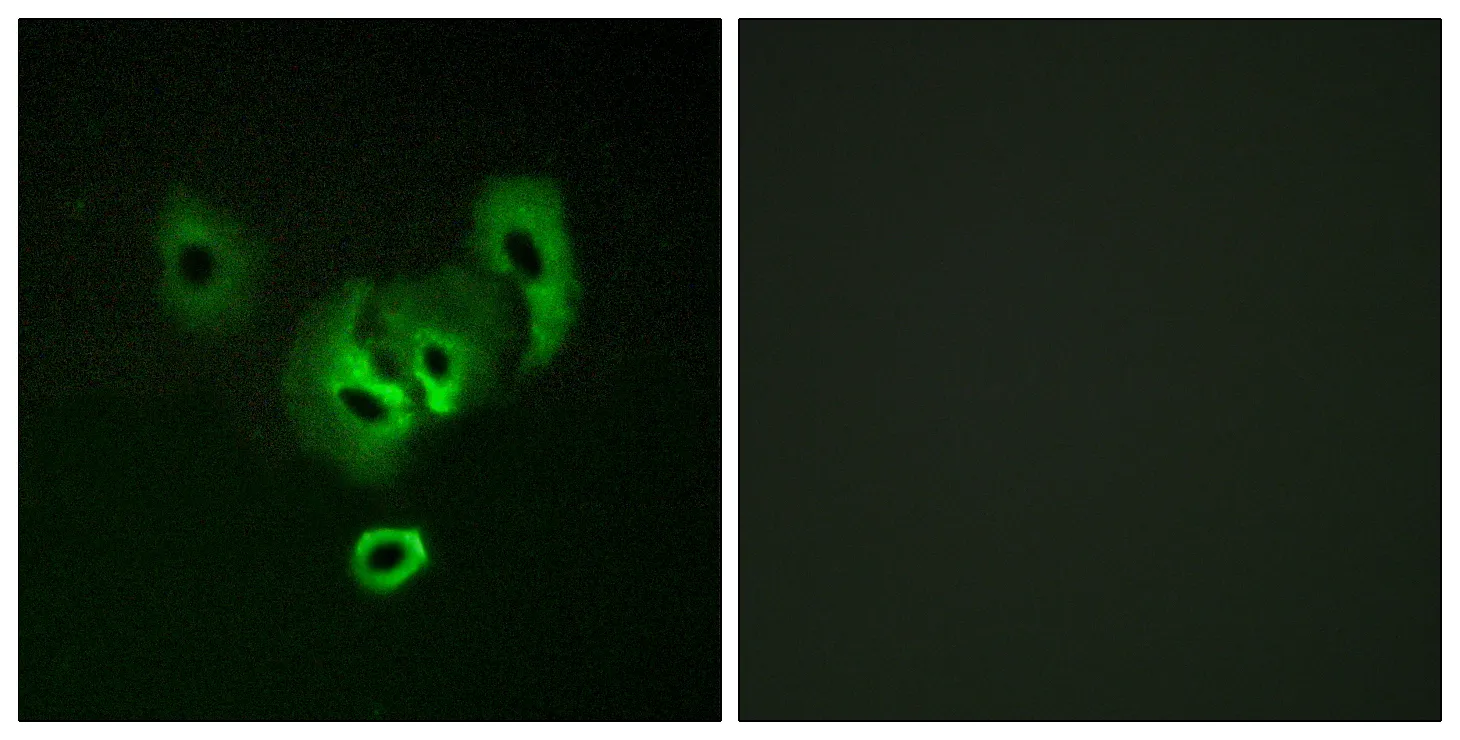Summary
Performance
Immunogen
Application
Background
This gene is one of seven beta-1,4-galactosyltransferase (beta4GalT) genes. They encode type II membrane-bound glycoproteins that appear to have exclusive specificity for the donor substrate UDP-galactose; all transfer galactose in a beta1,4 linkage to similar acceptor sugars: GlcNAc, Glc, and Xyl. Each beta4GalT has a distinct function in the biosynthesis of different glycoconjugates and saccharide structures. As type II membrane proteins, they have an N-terminal hydrophobic signal sequence that directs the protein to the Golgi apparatus and which then remains uncleaved to function as a transmembrane anchor. By sequence similarity, the beta4GalTs form four groups: beta4GalT1 and beta4GalT2, beta4GalT3 and beta4GalT4, beta4GalT5 and beta4GalT6, and beta4GalT7. This gene is unique among the beta4GalT genes because it encodes an enzyme that participates both in glycoconjugate and lactocatalytic activity:UDP-galactose + D-glucose = UDP + lactose.,catalytic activity:UDP-galactose + N-acetyl-beta-D-glucosaminylglycopeptide = UDP + beta-D-galactosyl-(1->4)-N-acetyl-beta-D-glucosaminylglycopeptide.,catalytic activity:UDP-galactose + N-acetyl-D-glucosamine = UDP + N-acetyllactosamine.,cofactor:Manganese.,disease:Defects in B4GALT1 are the cause of congenital disorder of glycosylation type 2D (CDG2D) [MIM:607091]. CDGs are a family of severe inherited diseases caused by a defect in protein N-glycosylation. They are characterized by under-glycosylated serum proteins. These multisystem disorders present with a wide variety of clinical features, such as disorders of the nervous system development, psychomotor retardation, dysmorphic features, hypotonia, coagulation disorders, and immunodeficiency. The broad spectrum of features reflects the critical role of N-glycoproteins during embryonic development, differentiation, and maintenance of cell functions.,function:The cell surface form functions as a recognition molecule during a variety of cell to cell and cell to matrix interactions, as those occurring during development and egg fertilization, by binding to specific oligosaccharide ligands on opposing cells or in the extracellular matrix.,function:The Golgi complex form catalyzes the production of lactose in the lactating mammary gland and could also be responsible for the synthesis of complex-type N-linked oligosaccharides in many glycoproteins as well as the carbohydrate moieties of glycolipids.,online information:Beta-1,4-galactosyltransferase 1,online information:GlycoGene database,pathway:Protein modification; protein glycosylation.,PTM:The soluble form derives from the membrane forms by proteolytic processing.,similarity:Belongs to the glycosyltransferase 7 family.,subcellular location:Found in trans cisternae of Golgi.,subcellular location:Soluble form found in body fluids.,subunit:Homodimer; and heterodimer with alpha-lactabulmin to form lactose synthase.,tissue specificity:Ubiquitously expressed, but at very low levels in fetal and adult brain.,






